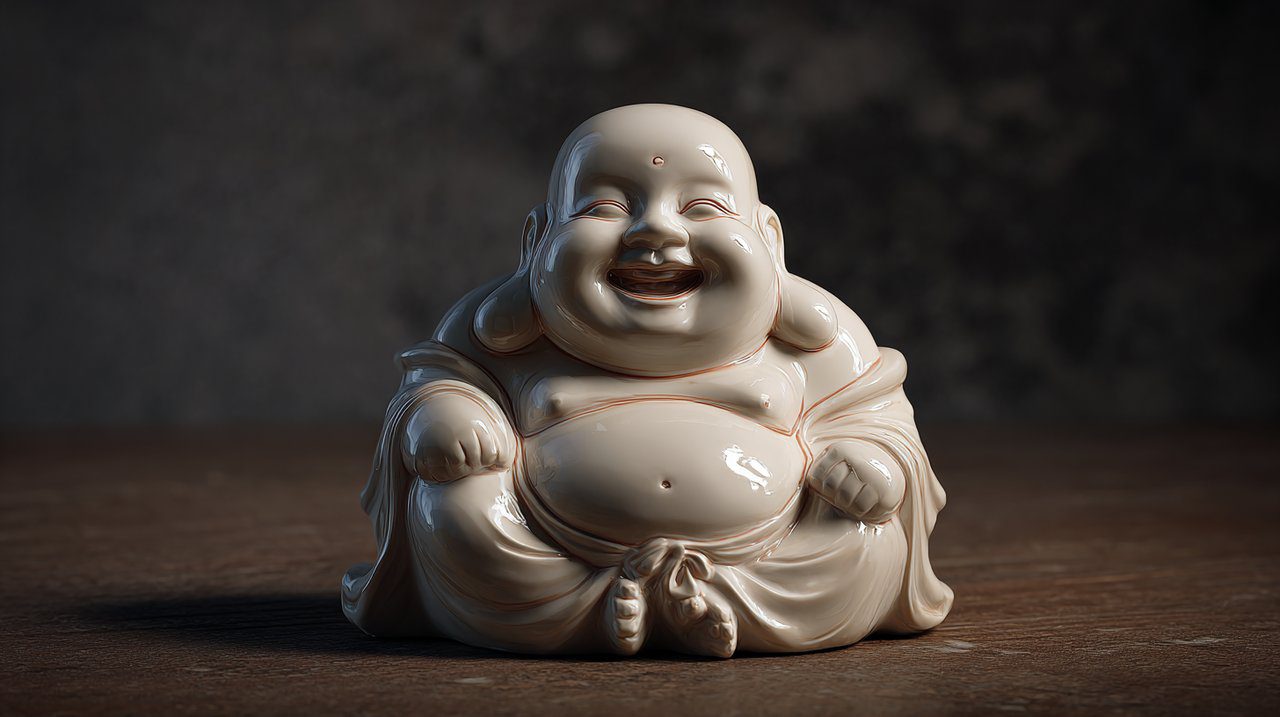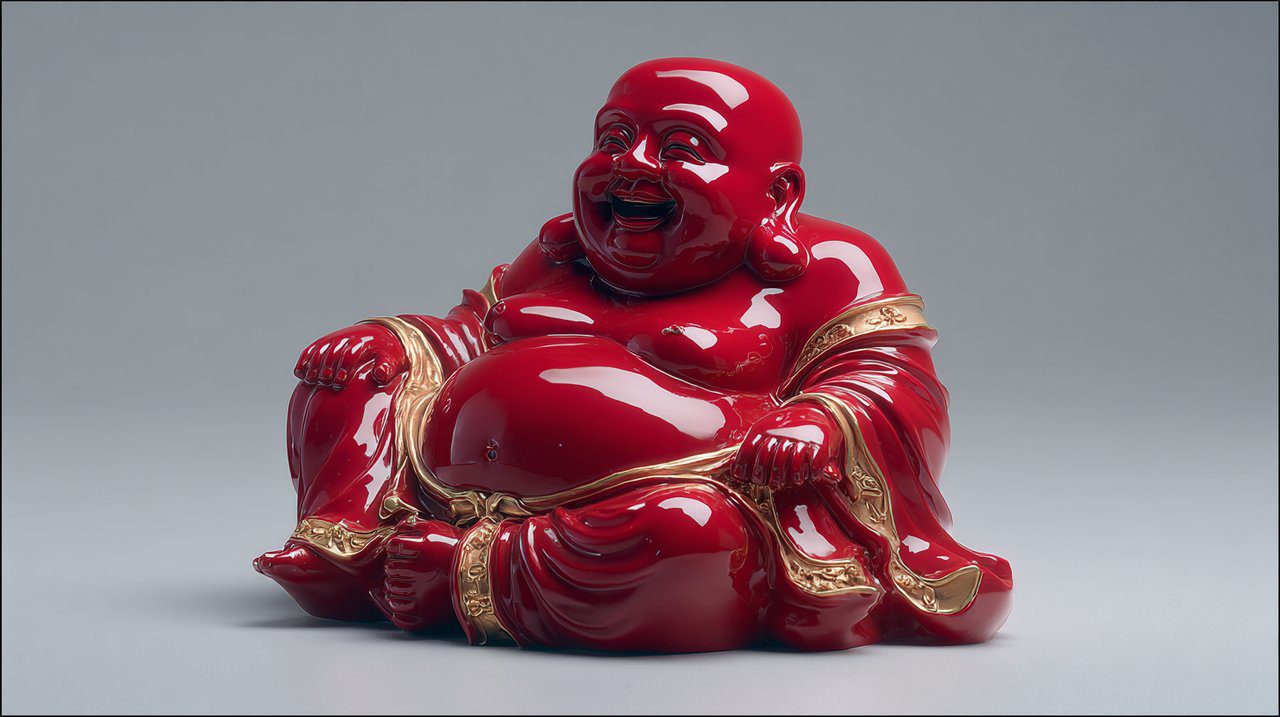The Silent Laughter: Finding Abundance in the Ordinary
For years, my world revolved around the intricate dissection of ideas, a relentless quest to connect disparate philosophies and unearth hidden truths. My ambition was to construct understanding, meticulously comparing ancient wisdoms and seeking a grand theory of happiness. Yet, despite a study overflowing with research—a testament to intellectual abundance—my inner landscape often felt like a barren expanse.
I pursued a sophisticated algorithm for contentment, paradoxically weighed down by the very knowledge I sought to master. The spiritual paths and their tools appeared as an overwhelming library, and I, a weary seeker, searched for a lost tome on genuine joy. This pursuit, while intellectually rich, left an echoing silence where true fulfillment should have resided—a silence that longed for laughter, not just logic.

The Burden of Constant Seeking
Each day, I immersed myself in ancient texts, meticulously comparing Stoic tranquility with Buddhist enlightenment, or analyzing Sufi divine love against the Taoist flow of nature. I was convinced that by dissecting these wisdoms, aided by various spiritual tools, I would discover the ultimate formula for happiness. My workspace remained orderly, my thoughts structured, yet a quiet tension simmered within.
My focus on understanding joy and abundance became a barrier to experiencing it. It was like attempting to comprehend the taste of honey by analyzing its chemical structure rather than simply savoring it. Intellectually satiated, I remained emotionally unfulfilled, perpetually seeking the next piece of information, certain that peace lay just beyond the next treatise. I was, in essence, trying to think my way into happiness.
An Unexpected Glimmer of Joy
The turning point, when it finally arrived, was not a dramatic revelation, but a quiet, almost accidental unfolding. I was helping a friend clear an old antique shop, a space filled with forgotten treasures. Tucked away on a high shelf, partially hidden by antique porcelain vases, sat a small, unassuming figurine. It was a porcelain laughing buddha, its round belly and broad, beaming smile radiating an almost absurd, unburdened joy.
I had always viewed such figures, often labeled as good luck charms, with academic detachment—mere cultural artifacts, symbols of folk religion. Yet, this one, with its unpretentious cheer, bypassed my intellectual defenses. My fingertips touched its cool, smooth surface, and an unexpected warmth instantly permeated my being, as if it were not merely an ornament, but a long-lost friend embracing me with a silent smile.
There was no complex philosophical text to dissect, no intricate theory to unravel. Just simple, pure, infectious mirth. I found myself smiling back, a genuine, unforced smile that felt entirely new. I didn’t purchase it that day, but its image, its inexplicable lightness, lingered.
In that moment, I realized genuine wisdom might not always reside in the complex answers we seek, but in the simple, unadulterated joy we allow ourselves to feel.
Unpacking the Symbols, Feeling the Truth
That initial encounter sparked a different kind of inquiry. I began to perceive these figures everywhere, not merely as objects, but as gentle reminders of a deeper truth. I learned about Budai Heshang, the wandering monk whose generosity and boundless joy inspired the Laughing Buddha. His narrative centered not on accumulating external wealth, but on radiating contentment from within, a process that naturally draws all forms of abundance.
The inner joy championed by the Laughing Buddha aligns with practices that cultivate internal peace. For instance, the rhythmic touch of mala beads during meditation guides one towards a state of tranquility, echoing the Buddha’s serene smile. Both pathways emphasize that genuine prosperity transcends material acquisition, finding its roots in inner calm and spiritual richness.
My exploration extended to the nuances of these statues themselves. A vibrant red Laughing Buddha, with its brilliant luster, became a manifestation of inner vitality. It conveyed that true abundance springs from a dynamic life attitude, an intrinsic drive capable of transforming daily routines into a wellspring of energy. Similarly, the cool, smooth surface of a jade Laughing Buddha spoke of serene wisdom, purity, and longevity. This quiet contentment, born from deep insight, mirrors the timeless quality of jade itself, often seen in a traditional jade bracelet, symbolizing enduring grace and protection.
I eventually found myself researching Laughing Buddha figures online, not for superficial luck, but to understand how their varied expressions could resonate with different personal journeys. It became clear that the essence lay not in the material itself, but in the intention and the feeling it evoked. Each material and color—be it vibrant red or earthy unglazed clay—seemed to amplify a particular facet of his boundless joy, inviting me to experience it, not just intellectualize it.

Cultivating Contentment in My Sanctuary
My approach to my personal space, particularly my study, began to transform. It shifted from being merely a place for intellectual work to a sanctuary for cultivating the very energies I had so long sought to define. I acquired a small, unassuming porcelain Laughing Buddha for my desk, not as a decorative item, but as a gentle, daily reminder.
Placing him facing the room’s entrance, as often suggested for Laughing Buddha figures, was more than a superstitious act for good luck. It was about setting an intention: inviting joy, welcoming positive energy, and reminding myself to greet the world with an open heart. My study, once a place of serious inquiry, slowly began to feel lighter, infused with a quiet, unforced cheer. The presence of that smiling figure became a constant, silent teacher, nudging me away from the endless analysis of happiness and towards its simple, felt reality. It was a subtle yet significant shift, transforming my seeking into a state of being.
The Echo of Laughter: Embracing Inner Riches
The journey from dissecting wisdom to embodying it has been a gentle unfolding, guided by the simplest of smiles. My intellectual pursuits continue, yet they are now grounded in a deeper sense of inner peace. The Laughing Buddha, with his timeless grin, has taught me that true abundance is not merely about what we accumulate, but about the joy we cultivate within—the contentment we allow ourselves to experience. It is a joy that radiates outward, naturally attracting all forms of good fortune.
I no longer feel compelled to find complex answers to life’s most pressing questions. Instead, I return to a simple truth: genuine happiness is always accessible, often found in the most unexpected, unpretentious places. What if the answer lies not in the next intricate theory, but in a simple, heartfelt smile, a gentle shift in perspective, or a quiet moment of unburdened joy? Such inner cultivation, much like exploring diverse spiritual symbols, can provide powerful guidance for navigating the complexities of modern life. 7 Spiritual Symbols to Anchor Your Soul in Times of Anxiety
💡 Frequently Asked Questions
The author initially sought happiness through extensive intellectual study and analysis of complex philosophies, believing that understanding would lead to contentment. However, this approach left them feeling burdened and emotionally unfulfilled, despite intellectual richness.
The author's perspective shifted after encountering a small porcelain laughing buddha figurine in an antique shop. Its simple, unburdened joy provided a moment of genuine, unforced happiness that contrasted with their intellectual pursuits.
The author learned that true wisdom and abundance are not found in complex answers or material accumulation, but in cultivating and radiating inner joy and contentment. The laughing buddha symbolizes attracting good fortune by emanating happiness from within.
The author transformed their study into a sanctuary by placing a laughing buddha figurine on their desk. This served as a daily reminder to invite joy and positive energy, shifting their focus from intellectual analysis of happiness to experiencing its simple reality.
The ultimate message is that genuine happiness and abundance are accessible and found not through relentless seeking or complex theories, but by allowing simple, unburdened joy and contentment to resonate from within.







